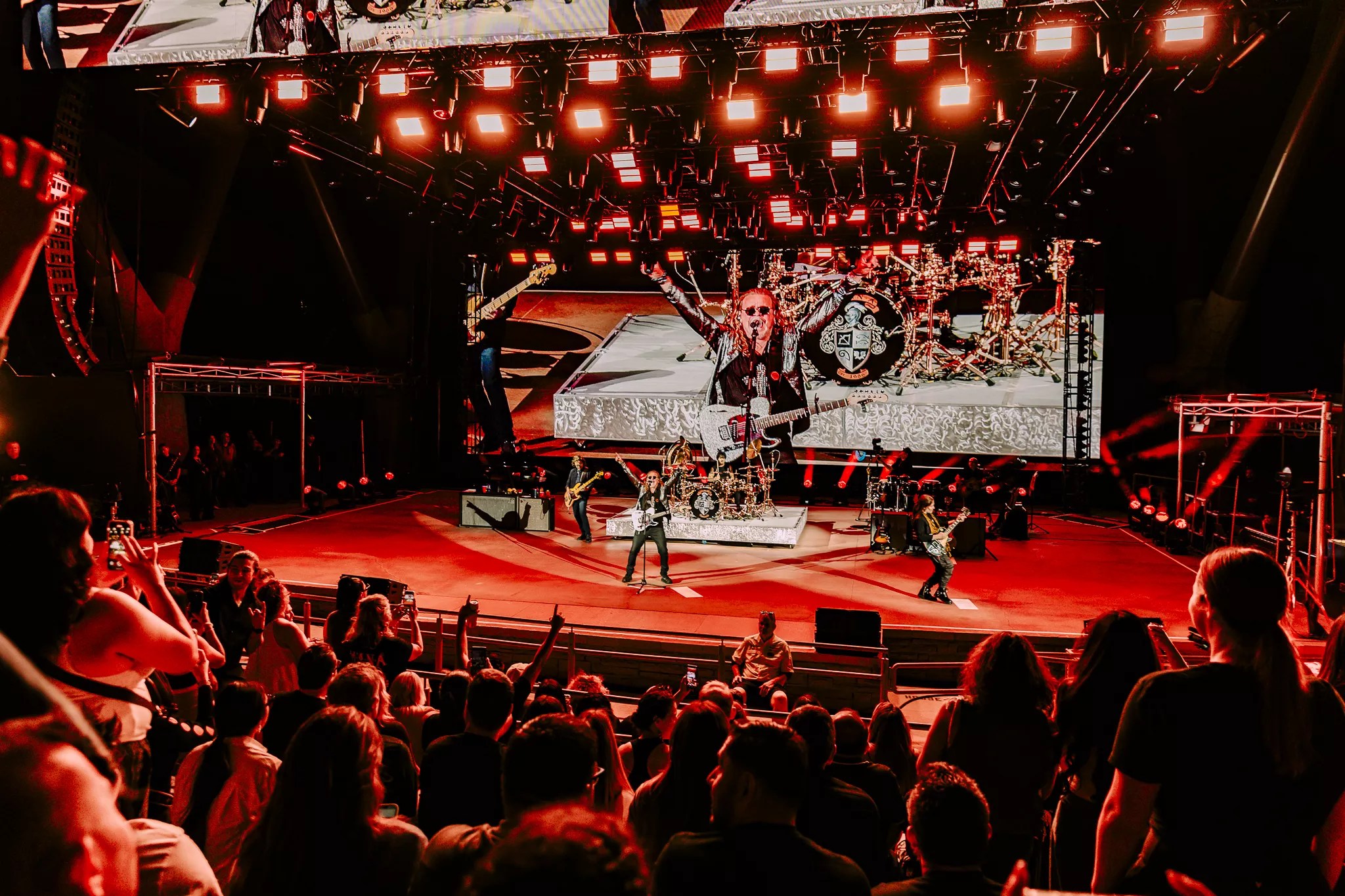
Photography by: Brandon Johnson (@bjohnsonxar)

Audio By Carbonatix
After a nine-month break from being on the road, Mexican pop-rock band Maná is back and more united than ever for its eleventh concert tour, the Vivir Sin Aire North América Tour. For nearly forty years, the four-piece has traveled the globe to perform such classic hits as “Oye Mi Amor” and “Rayando el Sol” to millions of fans. And fans at Red Rocks got to soak it all up on September 10. The Vivir Sin Aire tour (2025–2026) supports Latina entrepreneurs through the Latinas Luchonas initiative. Photography by: Brandon Johnson (@bjohnsonxar)
As the most successful Latin American band of all time that has sold over 45 million records worldwide, Maná continues to make history, most recently as the first Spanish-language band to be nominated for induction into the Rock and Roll Hall of Fame back in February. Members of Maná include vocalist and frontman Fher Olvera, drummer Alex González, guitarist Sergio Vallín and bassist Juan Calleros. Fans packed Red Rocks. Photography by: Brandon Johnson (@bjohnsonxar)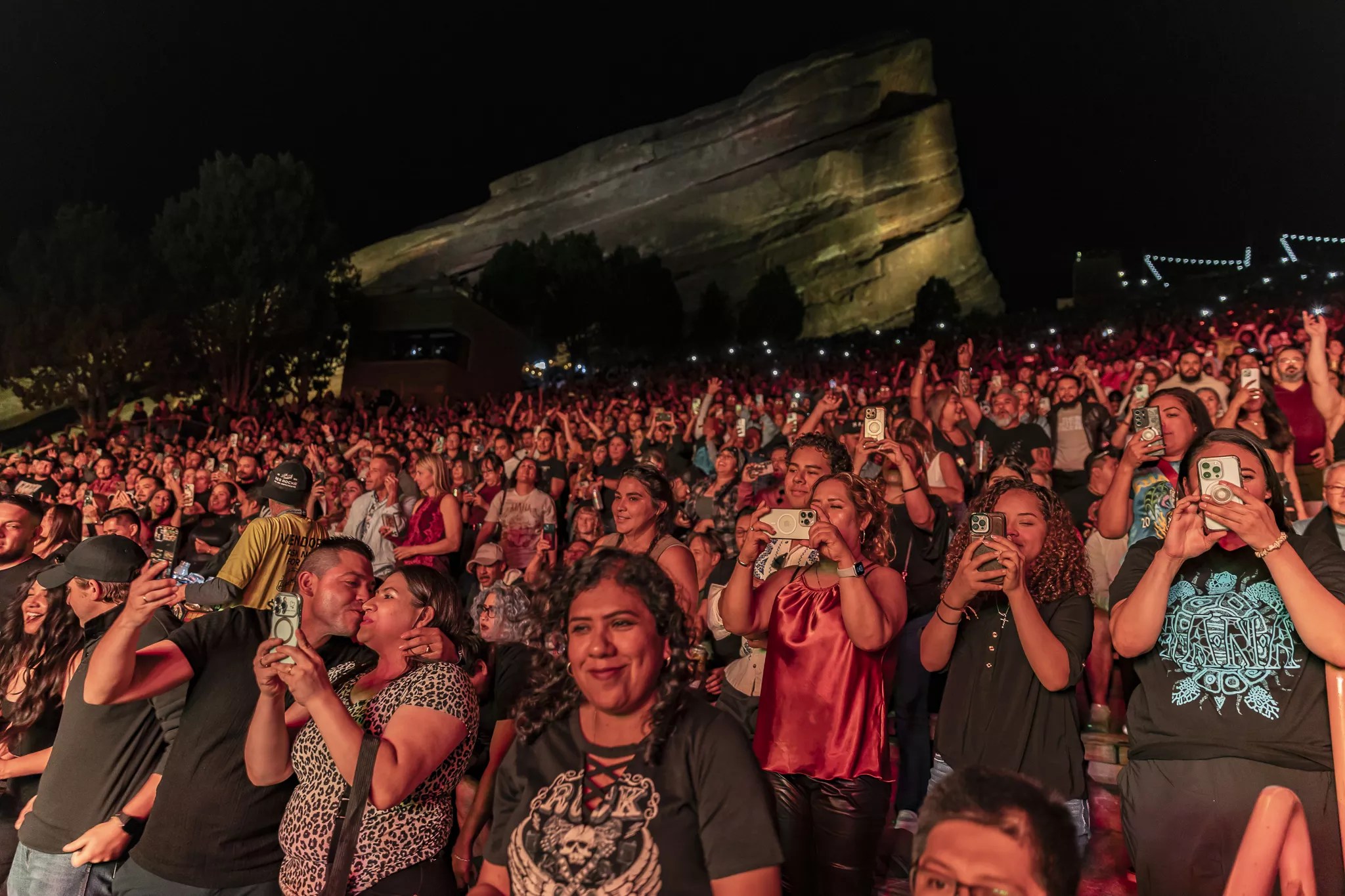
This year, make your gift count –
Invest in local news that matters.
Our work is funded by readers like you who make voluntary gifts because they value our work and want to see it continue. Make a contribution today to help us reach our $50,000 goal!
At Red Rocks, the band was welcomed by a sold-out crowd of fans from countries such as Mexico, Colombia and Honduras. Flickering lights lit up the amphitheater before Vallín played the electric guitar and Olvera walked onto the stage for the opener, “Dejame Entrar.” The band officially became Maná in 1986, inspired by the Polynesian word for “positive energy.” Photography by: Brandon Johnson (@bjohnsonxar)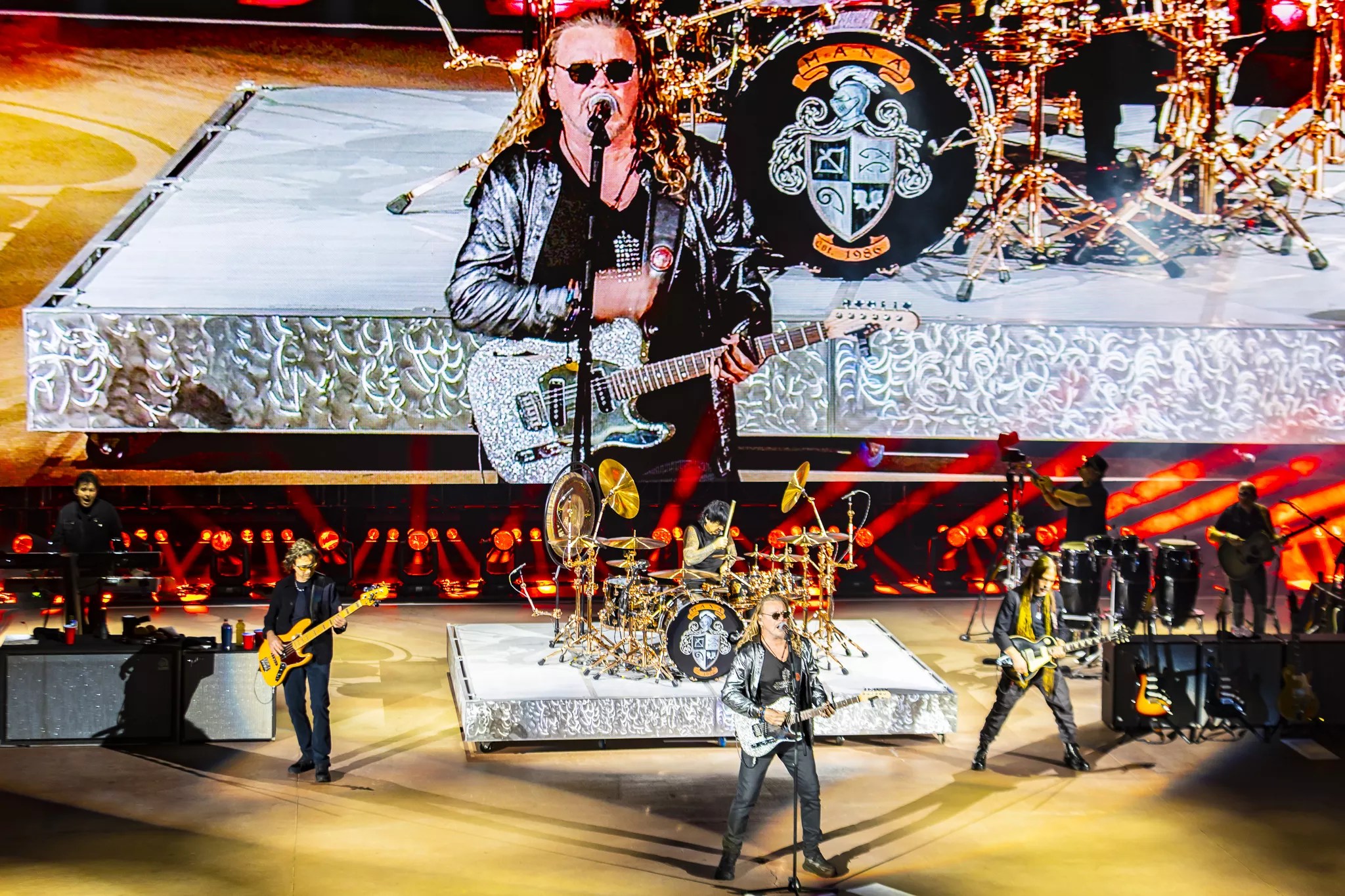
The energy-led performance was driven by incredible vocals, interactions with fans and a whole lot of dance breaks from band members. Once Maná wrapped up the first song, Olvera took a moment to speak to predominately-Latino Red Rocks attendees.
“It’s a great privilege to be in this sacred place. Truly, you have no idea how it makes us feel to be here. Tonight, we’re going all out,” Olvera said in Spanish, as he soaked in the ecstatic crowd. “For the history of Maná, this place is memorable, so we’re going to do it again awesome.”
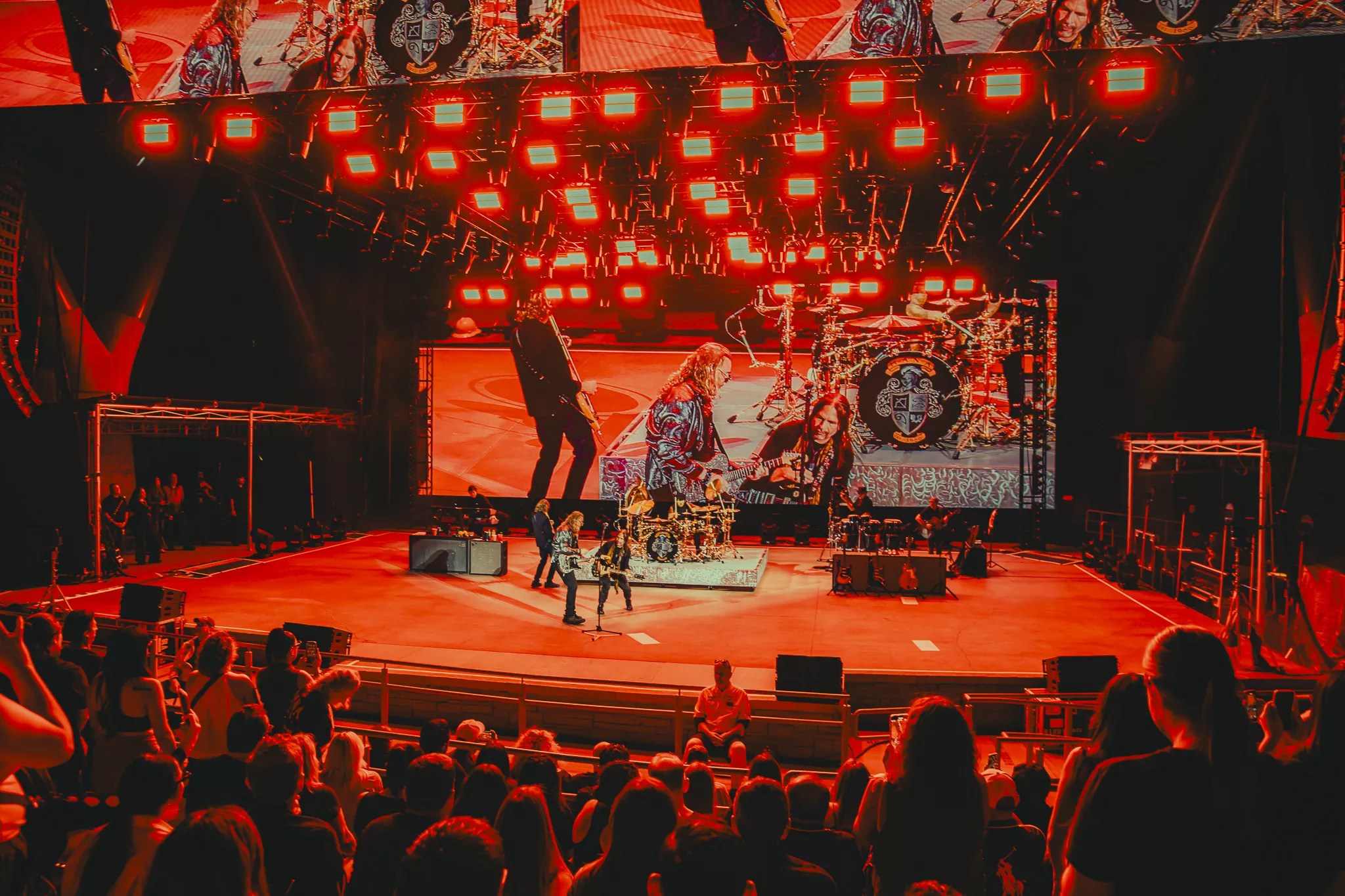
Their breakthrough album ¿Dónde Jugarán los Niños? (1992) sold over 10 million copies worldwide.
Photography by: Brandon Johnson (@bjohnsonxar)
They’ve sold over 45 million albums globally. Photography by: Brandon Johnson (@bjohnsonxar)
Not only did “De Pies a Cabaza” have colorful visuals that aided the vast selection of instruments, but had the entire venue singing along and screaming their hearts out. Such songs as “Eres Mi Religión” and “El Reloj Cucú” provided emotional moments of gratitude and commemoration for mothers and fathers that sacrificed their livelihoods in order to provide for their households, which are the key inspirations for both tracks.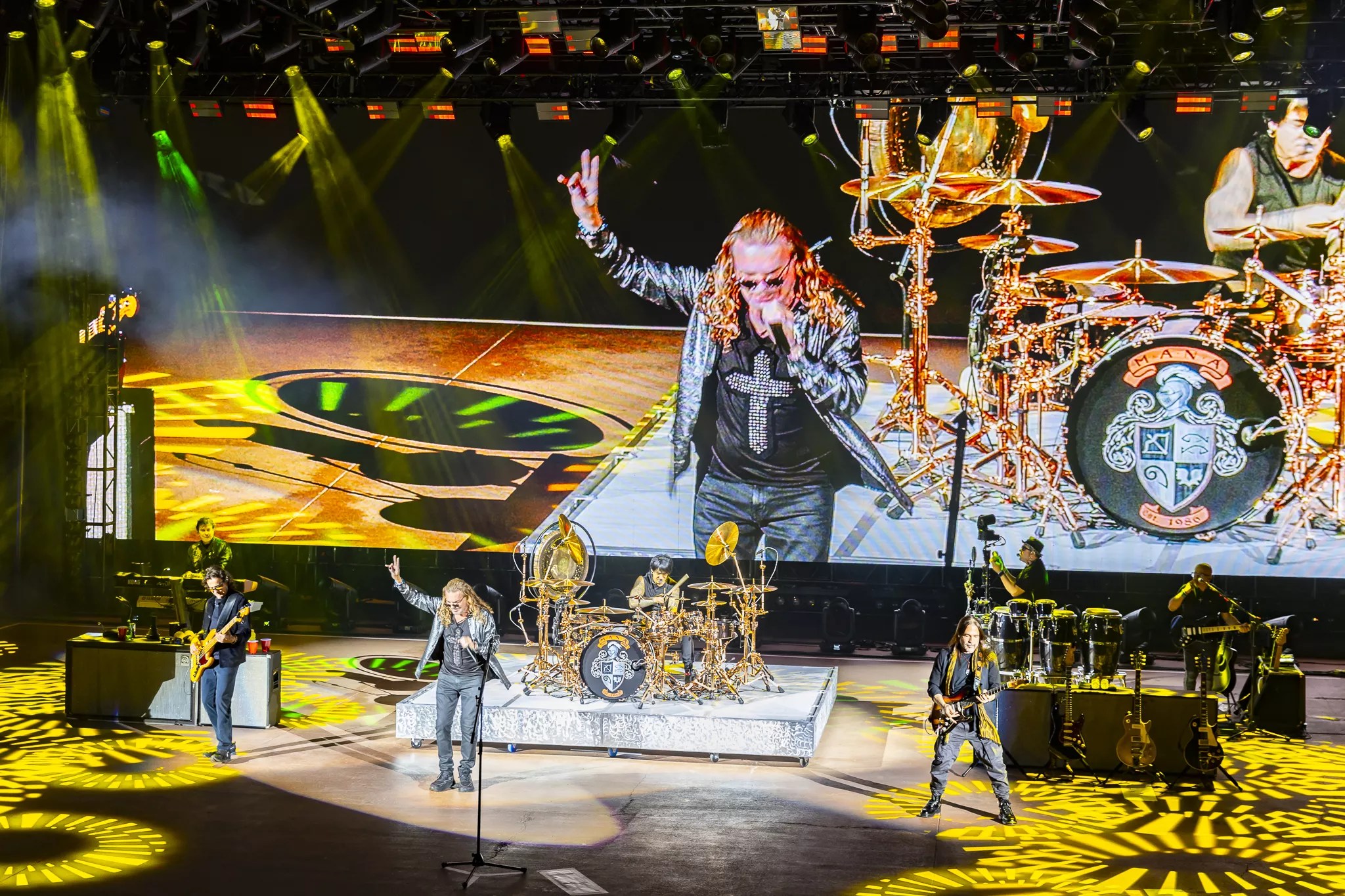
Maná’s ability to seamlessly blend progressive rock, Latin pop and reggae, amongst other genres, into its four-to-five-minute songs is impressive. The use of personal experiences, collaboration and commitment to discussing global and political issues amplifies the band’s emotionally charged storytelling throughout its discography.
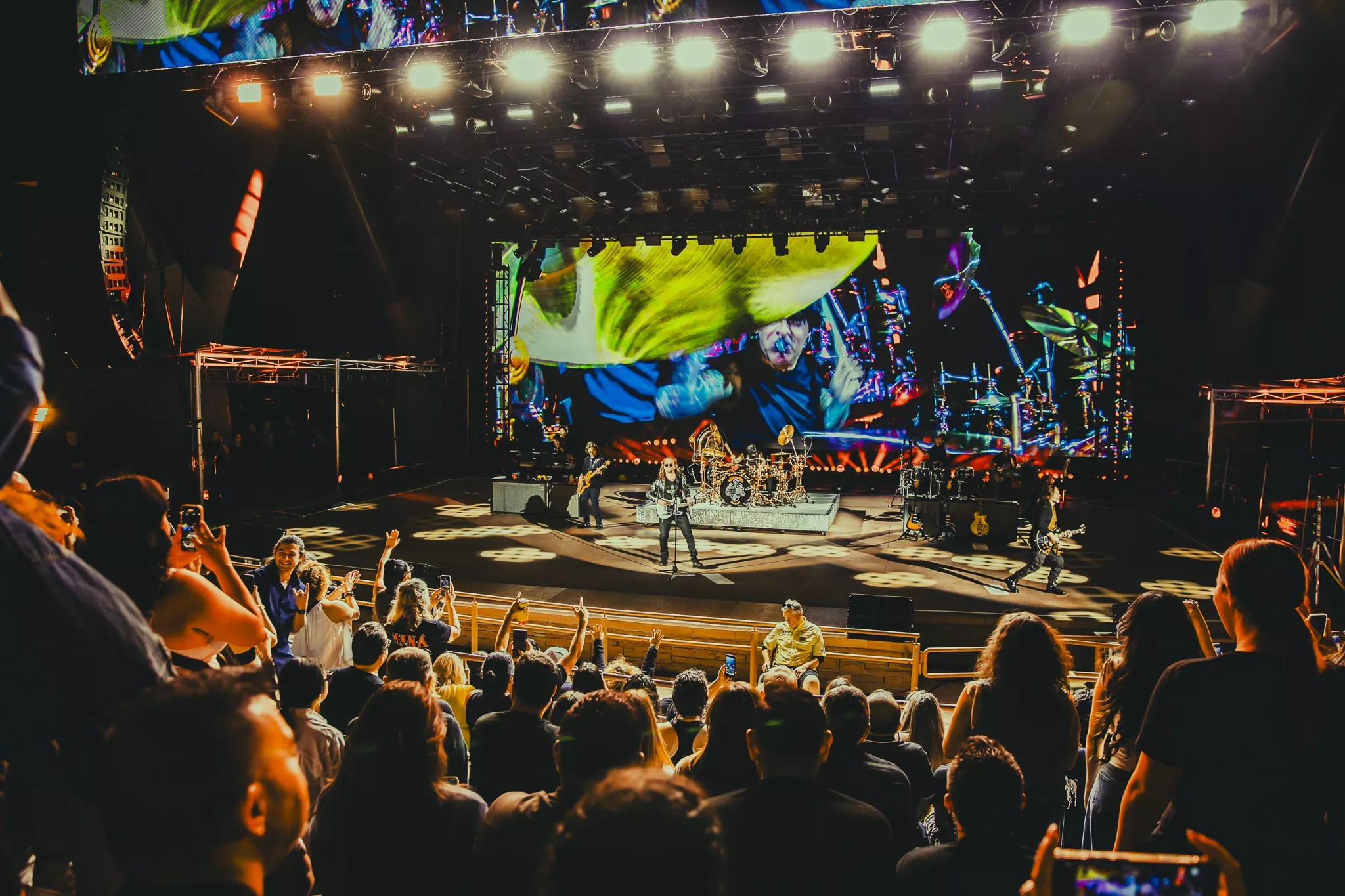
Maná has won four Grammy Awards and eight Latin Grammy Awards.
Photography by: Brandon Johnson (@bjohnsonxar)
Harmonica solos, sing-a-longs in an amphitheater lit-up by cell phone flashlights and many shoutouts to the “friendly” people of Denver progressed throughout the show, with Maná inviting local guitarist Jay Andrix to perform “Calvados En Un Bar” alongside the band. González performed a five-minute solo that involved non-stop drumming, tricks with the drumsticks and multiple hits at the gong while the audience gave him a standing ovation. Fans were engaged all night long. Photography by: Brandon Johnson (@bjohnsonxar)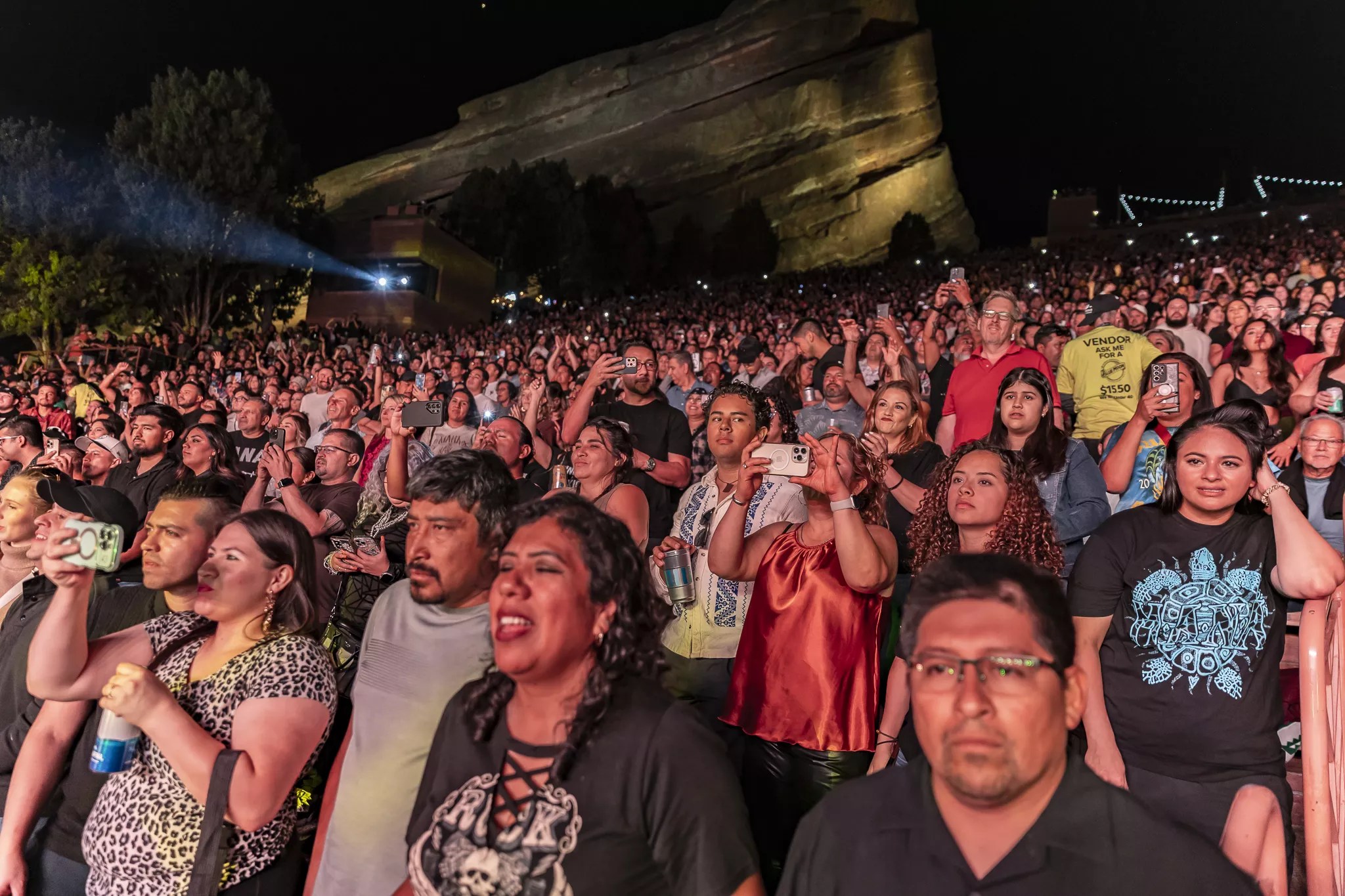
After an outfit change, Olvera sang a cover of Vicente Fernández’s 1969 classic track. “El Rey,” which had many Mexicanos, like myself, swelling with pride for their heritage. As he returned to the band’s own work, Olvera’s powerful vocals echoed clearly across Red Rocks, with many touched by his commitment to performing heartfelt songs authentically. “En el mule de San Blás” was supposed to be the final song of the night, but after the crowd’s chanting of “otra” (“another one” in Spanish), Maná came out to perform “Labios Compartidos.”

The band’s lineup includes Fher Olvera (vocals), Alex González (drums), Sergio Vall
Photography by: Brandon Johnson (@bjohnsonxar)
During the grand finale, Olvera, Vallín and Calleros stepped off the stage to greet fans while holding onto the final moments of the first night of Vivir Sin Aire North America Tour in Colorado. After the show, the band received a well-deserved standing ovation as they bowed to the crowd. Vallín tossed guitar picks and González threw more drum sticks to the crowd as mementos of the spectacular night.
Regardless if you know the lyrics or not, Maná is a powerful force that unites many together with its groovy rhythms, powerful lyricism and a fearlessness of being proud of its Latin American origin, which is needed more than ever.
See more photos from the show below:
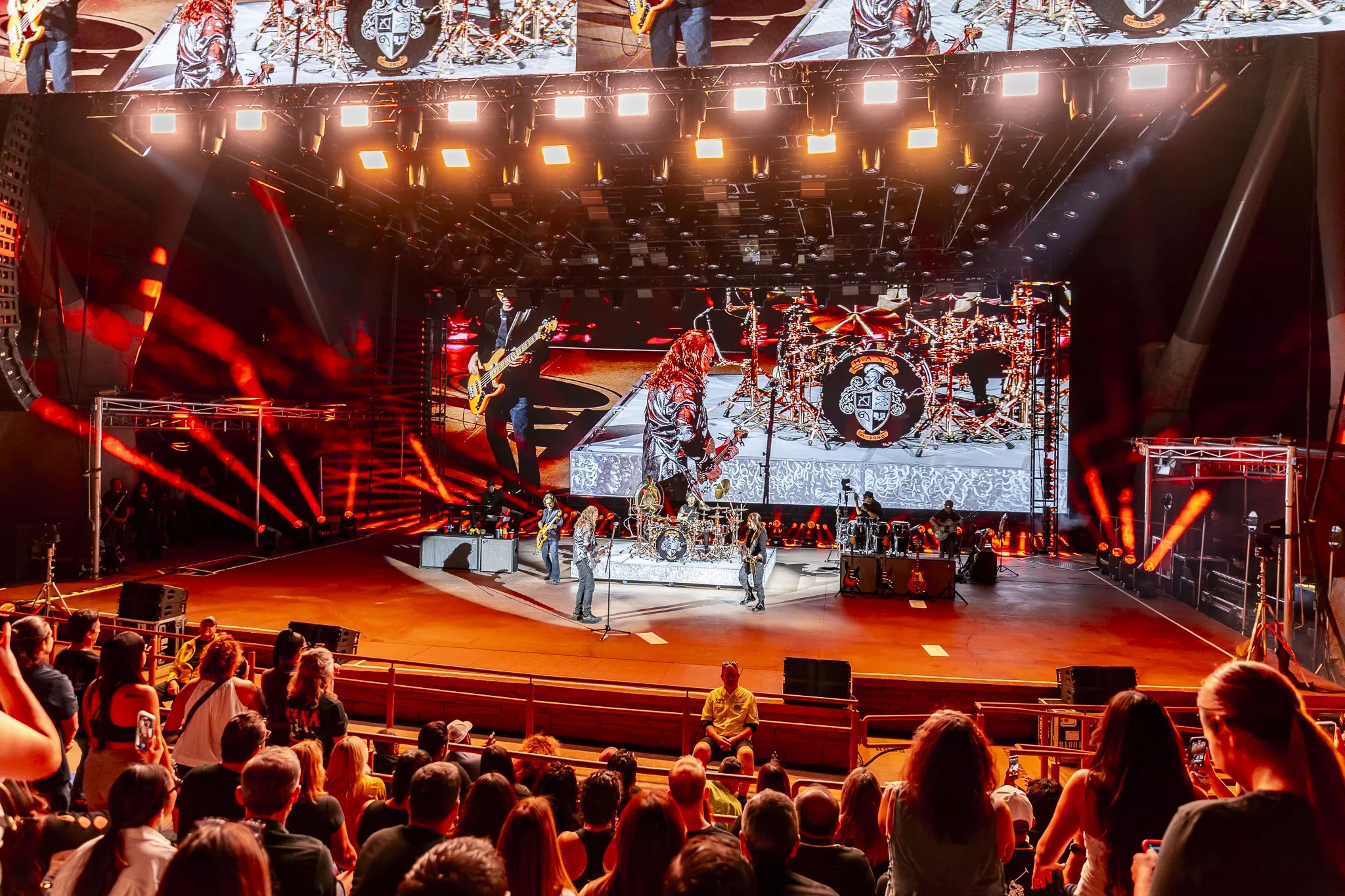
Their song “Rayando el Sol” is considered one of the most iconic Latin rock anthems.
Photography by: Brandon Johnson (@bjohnsonxar)
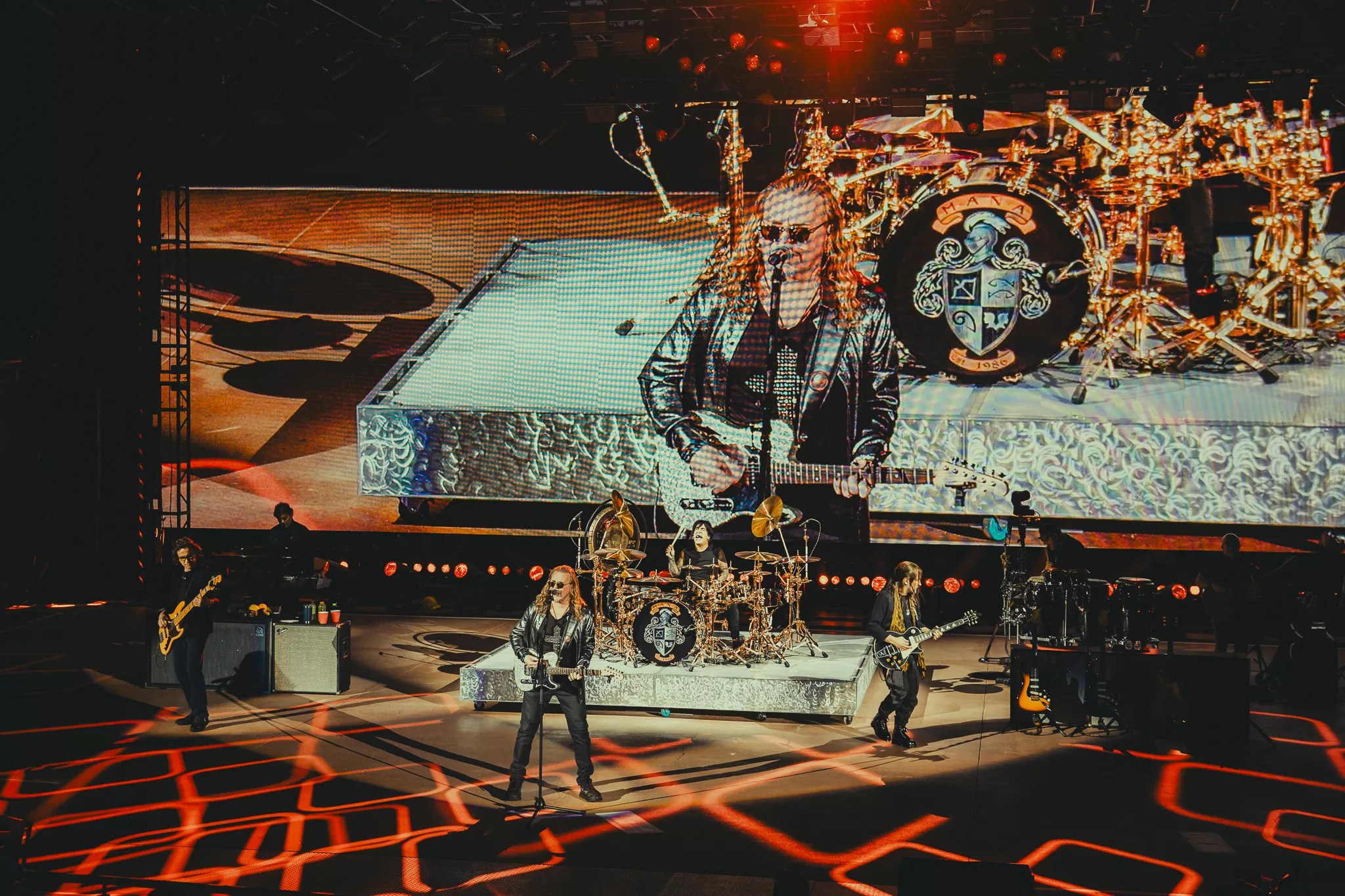
Maná was the first Latin band to sell out the Staples Center in Los Angeles for seven consecutive nights.
Photography by: Brandon Johnson (@bjohnsonxar)
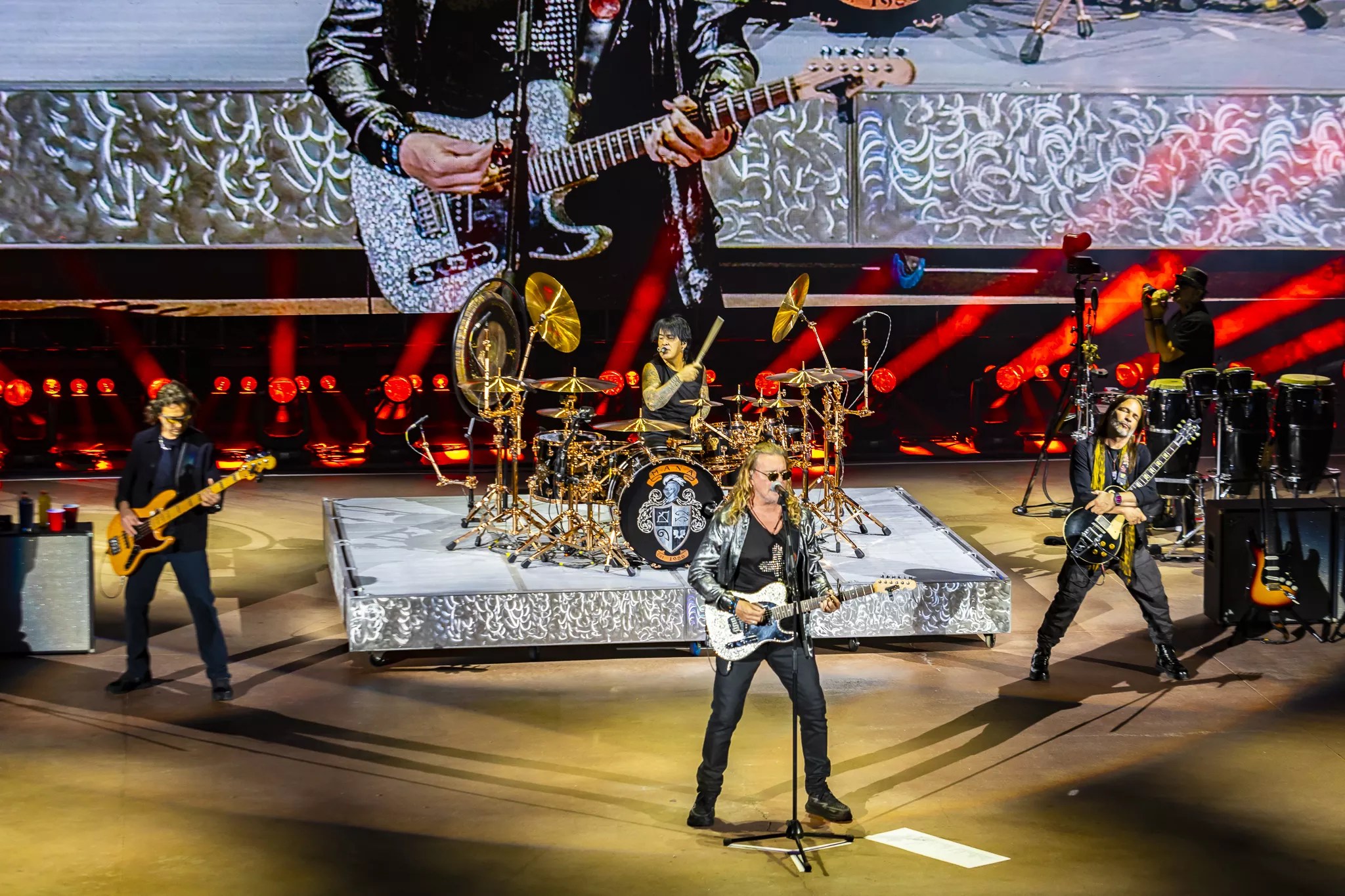
Maná’s Amar es Combatir (2006) debuted at #4 on the Billboard 200, a rare feat for a Spanish-language album.
Photography by: Brandon Johnson (@bjohnsonxar)
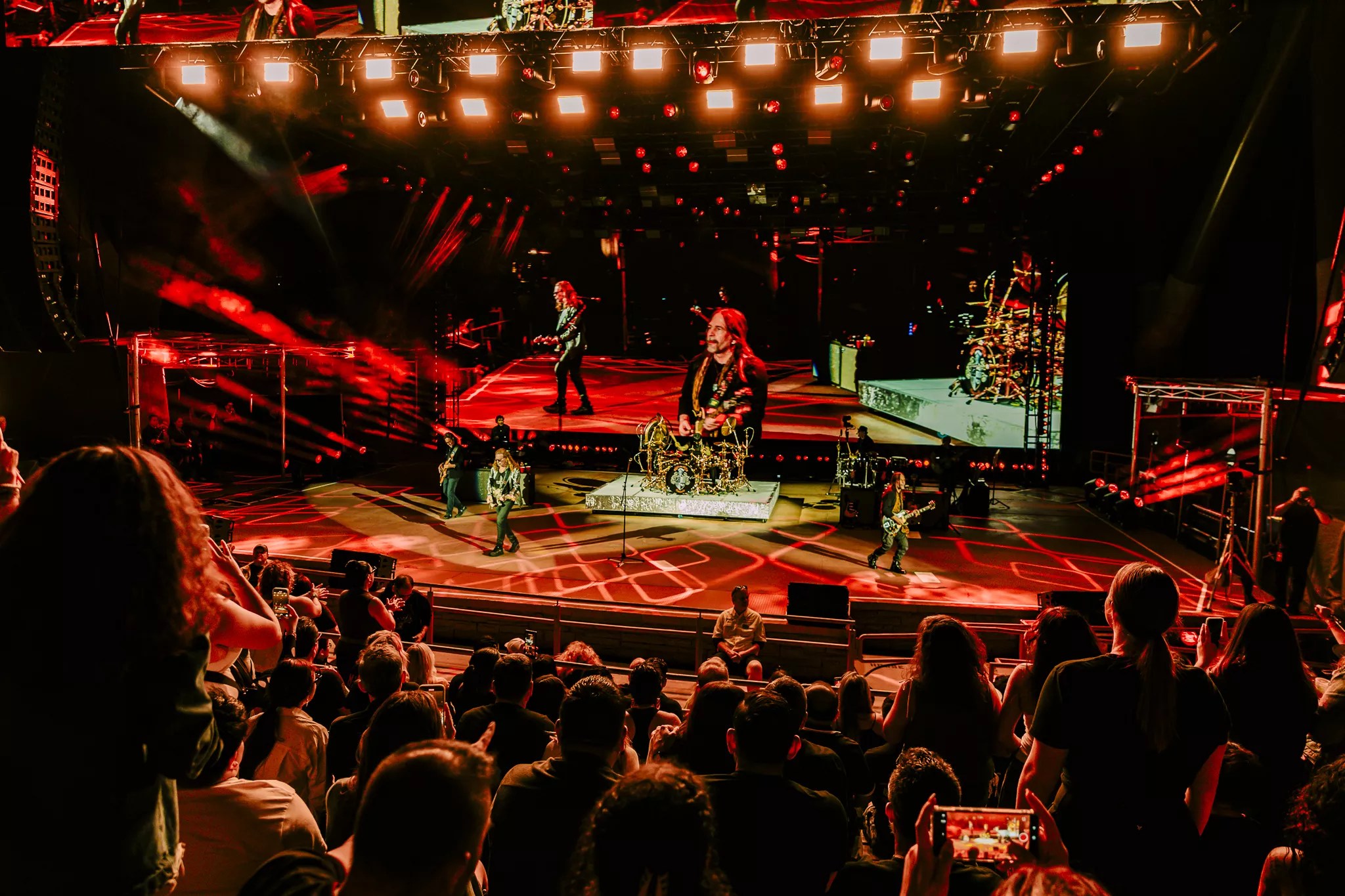
They’ve collaborated with artists like Shakira, Santana, and Juanes.
Photography by: Brandon Johnson (@bjohnsonxar)

The band’s music blends rock, pop, reggae, ska, and Latin rhythms.
Photography by: Brandon Johnson (@bjohnsonxar)
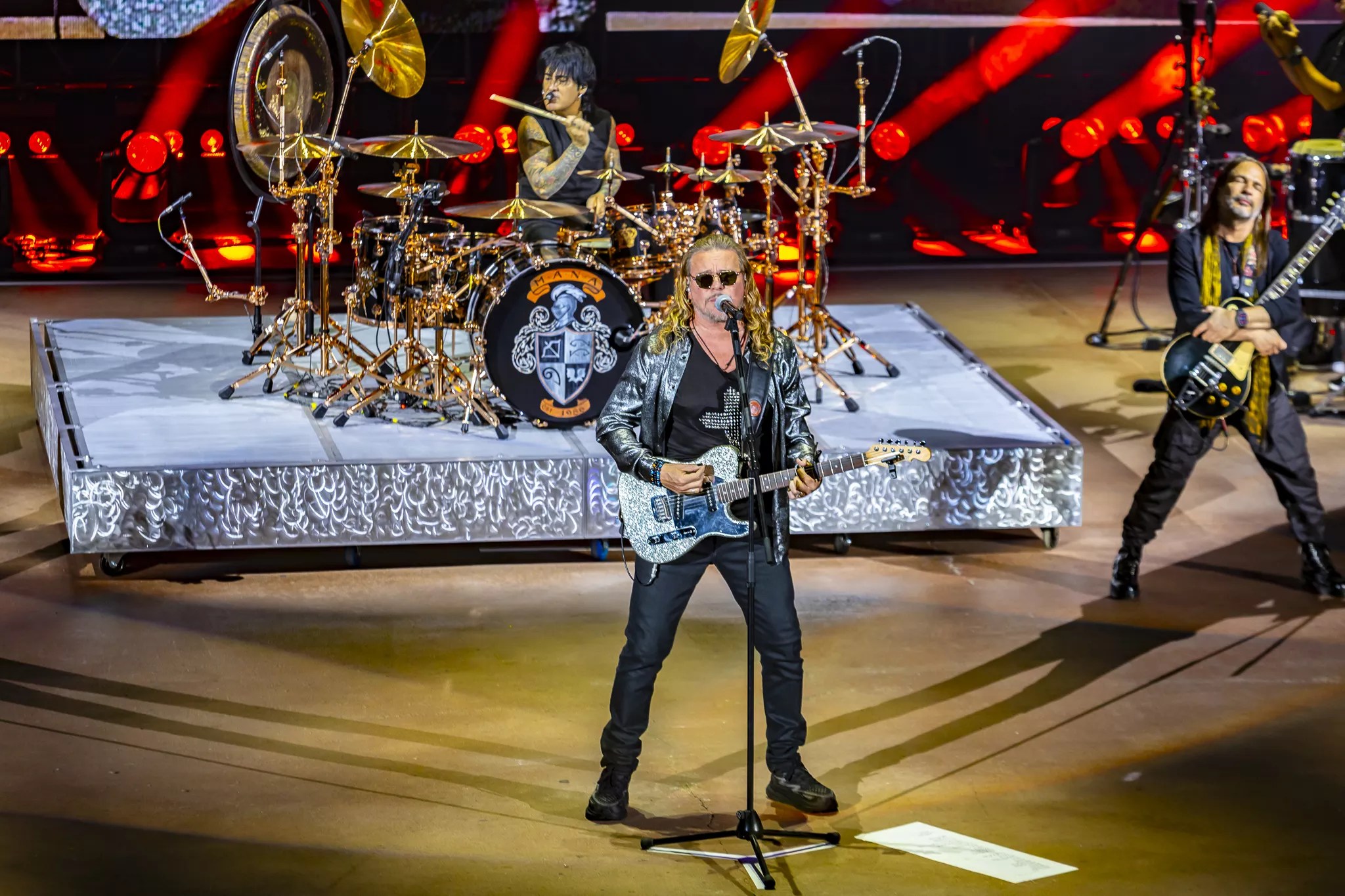
Their 2002 album Revolución de Amor featured political and social themes, including indigenous rights.
Photography by: Brandon Johnson (@bjohnsonxar)
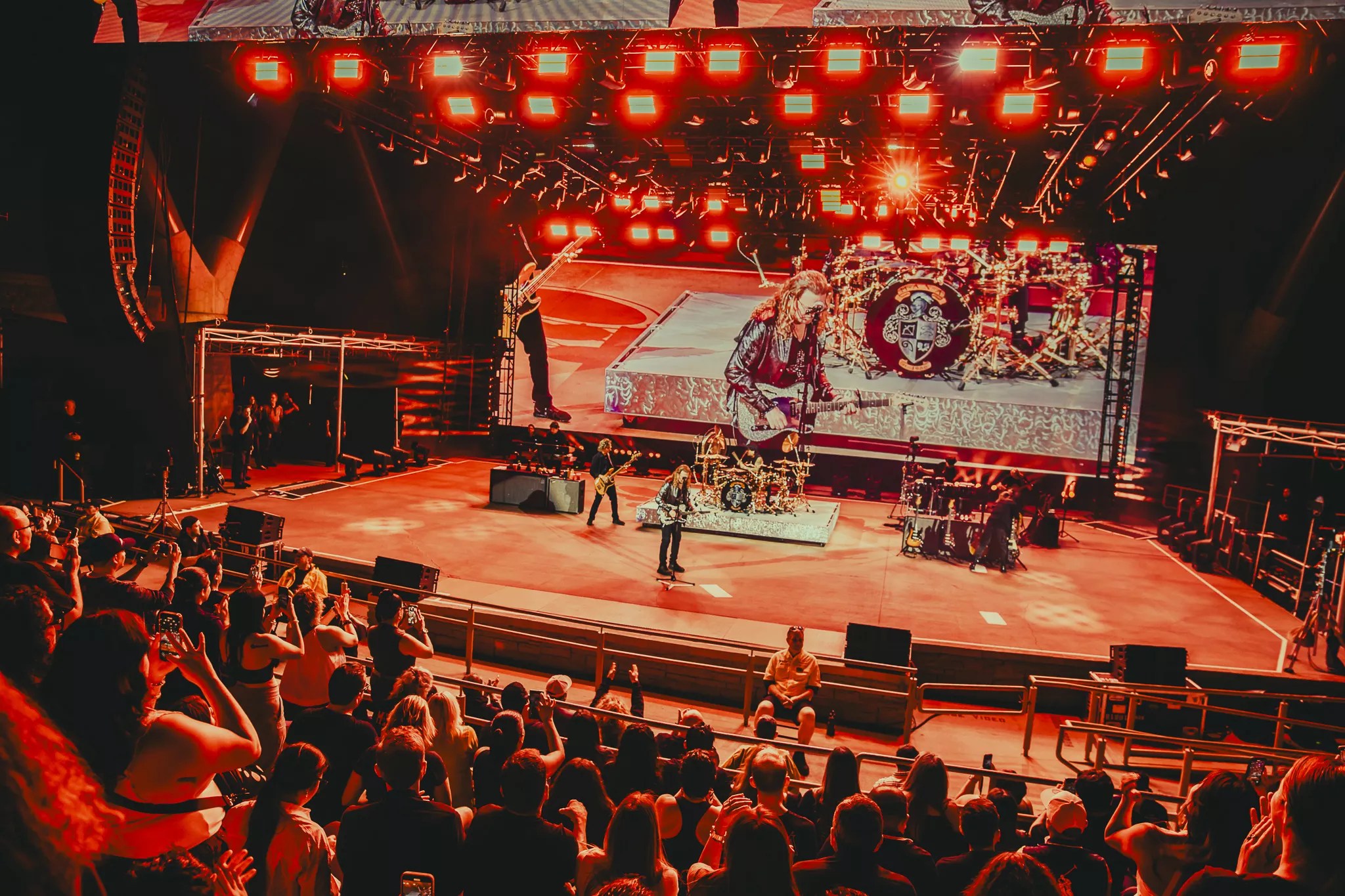
Maná was inducted into the Latin Grammy Hall of Fame in 2018.
Photography by: Brandon Johnson (@bjohnsonxar)

The band founded the Selva Negra Foundation to support environmental causes.
Photography by: Brandon Johnson (@bjohnsonxar)
Find more concerts on our Denver concert calendar.